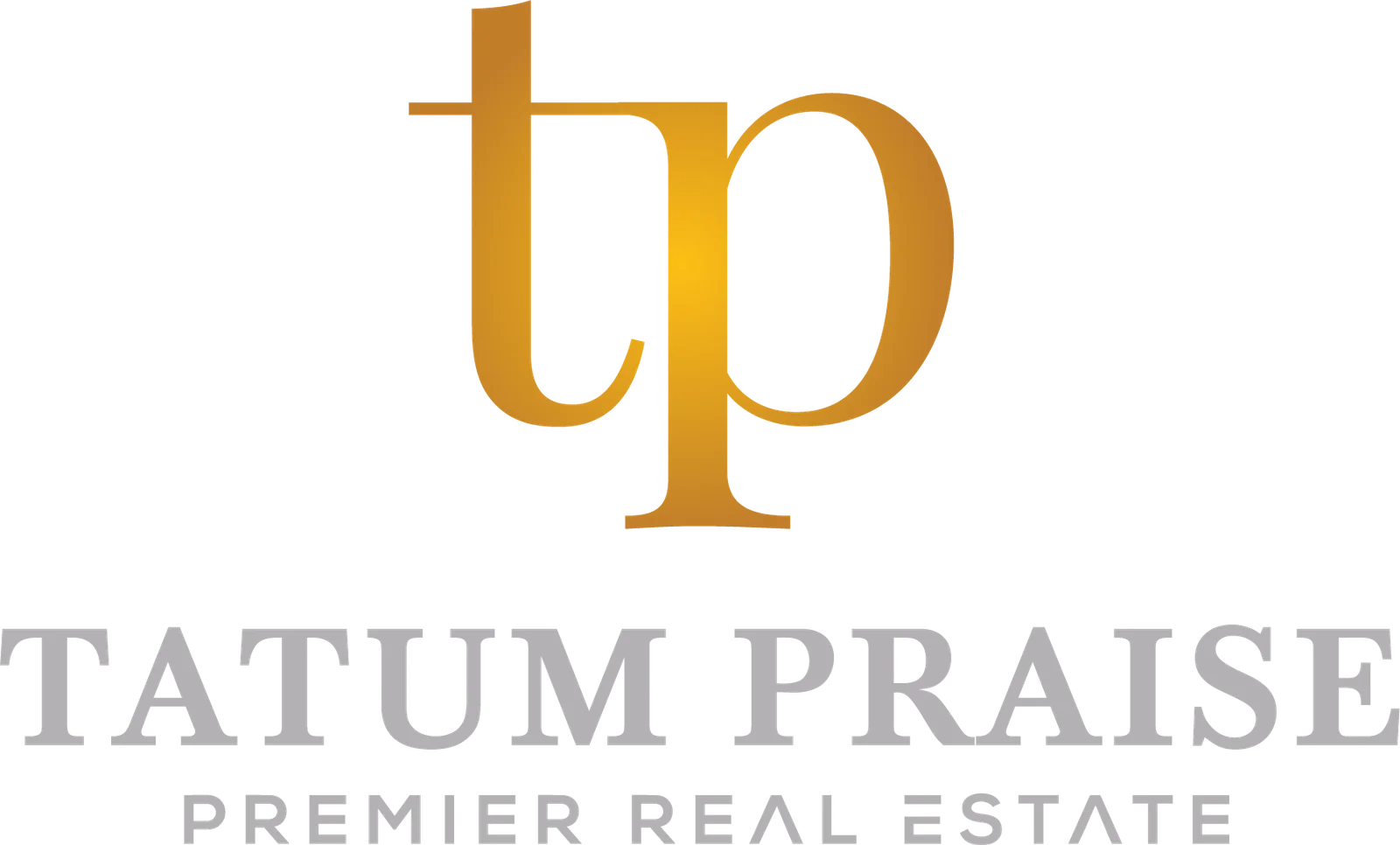Understanding the Types of Mortgages
Understanding your financing options is crucial when buying a home. With so many mortgage products available, it can be overwhelming to determine which one is the best fit for your financial situation and long-term goals.
This comprehensive guide will help you navigate the complex world of mortgages and make informed decisions that best suit your financial needs. By the end of this guide, you’ll have a clearer understanding of your mortgage options and the steps you need to take to secure the best financing for your home.
Types of Mortgages
There are several types of mortgages available, each with its own pros and cons. Fixed-rate mortgages offer stability with consistent monthly payments. Adjustable-rate mortgages (ARMs) start with lower rates that can change over time. Consider your financial situation and long-term plans when choosing a mortgage type. Use our mortgage calculator to estimate your potential mortgage payments.
Fixed-Rate Mortgages
Fixed-rate mortgages are ideal for those who plan to stay in their home for a long time and want predictable payments. With a fixed-rate mortgage, your interest rate remains the same for the entire term of the loan, typically 15, 20, or 30 years. This can provide peace of mind, as your monthly mortgage payment will never increase due to interest rate changes.
Adjustable-Rate Mortgages (ARMs)
ARMs can be beneficial if you plan to move or refinance before the rate adjusts. These mortgages typically start with a lower interest rate than fixed-rate mortgages, which can make your initial payments more affordable. However, ARMs come with the risk of higher payments in the future if interest rates rise. Common types of ARMs include 5/1, 7/1, and 10/1 ARMs, where the interest rate is fixed for the first 5, 7, or 10 years, respectively, and then adjusts annually.
Government-Backed Mortgages
In addition to conventional fixed-rate and adjustable-rate mortgages, there are also government-backed mortgage options such as FHA loans, VA loans, and USDA loans. These loans often have more lenient qualification requirements and can be a good option for first-time homebuyers or those with lower credit scores.
- FHA Loans: Insured by the Federal Housing Administration, these loans allow for lower down payments and credit scores.
- VA Loans: Available to veterans, active-duty service members, and eligible surviving spouses, VA loans offer competitive interest rates and often require no down payment.
- USDA Loans: Designed for rural and suburban homebuyers, USDA loans offer low interest rates and no down payment for eligible applicants.
Getting Pre-Approved
Getting pre-approved for a mortgage shows sellers that you’re a serious and qualified buyer. It also helps you understand how much you can afford. To get pre-approved, you’ll need to provide financial documents like pay stubs, tax returns, and bank statements. Work with a lender to complete the pre-approval process before you start house hunting.
Benefits of Pre-Approval
Pre-approval gives you an edge in a competitive market. It can speed up the buying process and give you a clearer picture of your budget. When you’re pre-approved, you’ll receive a letter from your lender stating how much they’re willing to lend you, which can make your offer more attractive to sellers. Additionally, knowing your budget can help you narrow down your home search and avoid falling in love with properties that are out of your price range.
Refinancing Tips
Refinancing your mortgage can save you money by securing a lower interest rate or reducing your loan term. It’s essential to consider the costs associated with refinancing, such as closing costs and fees. Calculate the break-even point to determine if refinancing makes financial sense for you.
When to Consider Refinancing
For instance, if your new mortgage rate will save you $200 a month, but the closing costs are $4,000, it would take 20 months to break even. Ensure that you plan to stay in your home long enough to benefit from the savings. Additionally, refinancing can be a good option if you want to switch from an adjustable-rate mortgage to a fixed-rate mortgage to avoid future interest rate increases.
Cash-Out Refinancing
Another refinancing option is cash-out refinancing, where you take out a new mortgage for more than you owe on your current loan and receive the difference in cash. This can be a way to access funds for home improvements, debt consolidation, or other financial needs. However, it’s important to use this option wisely, as it increases your mortgage debt and can extend your loan term.
Working with a Realtor
Navigating the mortgage process can be complex, but working with a knowledgeable realtor can make it easier. A realtor can help you understand your financing options, connect you with reputable lenders, and guide you through the pre-approval and home buying process. Realtors have a deep understanding of the local market and can provide valuable insights into property values, neighborhood trends, and potential investment opportunities.
Conclusion
Whether you’re buying your first home or refinancing an existing loan, these insights will help you make informed financial decisions. By working with an experienced realtor, you can navigate the mortgage process with confidence and ease. Contact Tatum Praise to get started on your home buying or refinancing journey. Best of luck with your financing journey!








